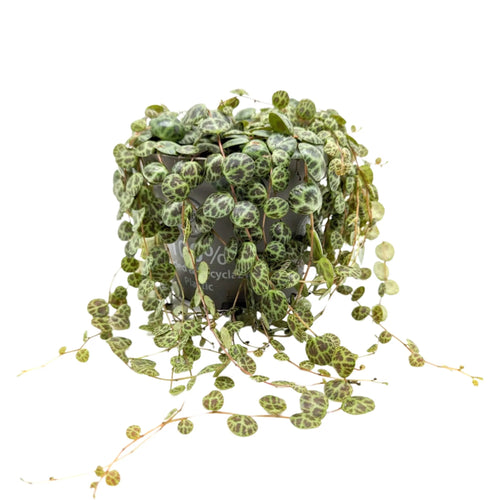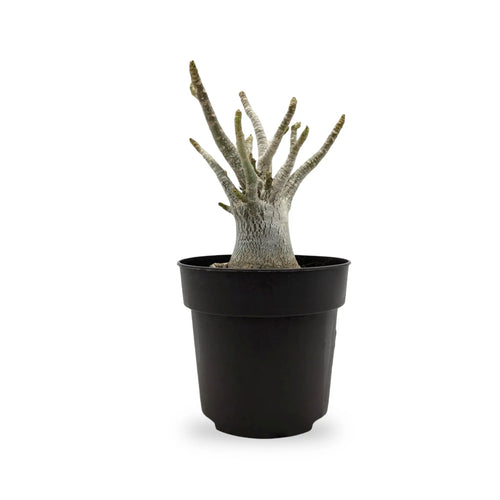Houseplants have become a staple in modern home decor, and for good reason. Not only do they enhance the aesthetics of a space, but they also improve air quality and bring a sense of tranquility. Watching a plant thrive under your care is incredibly rewarding. However, for those new to houseplants, it can be overwhelming to know where to start. This guide introduces eight easy-to-care-for plants that are perfect for beginners, along with practical care tips to help them flourish in your home.
Understanding Basic Houseplant Care
If you've never owned a houseplant before, keeping one alive may seem challenging. However, once you understand some basic principles, caring for plants becomes much easier. Many beginner-friendly plants are resilient and can tolerate minor neglect.
One common mistake beginners make is overwatering. Most indoor plants are susceptible to root rot if they sit in overly moist soil for long periods. To avoid this, ensure your plant is in a pot with drainage holes and water it according to its specific needs.
Another important factor is light. While some plants thrive in low light, most still need indirect sunlight to grow properly. Understanding how much light your plant requires will help keep it healthy and thriving.
Best Common Houseplants for Beginners
Here are eight easy-to-care-for houseplants that even first-time plant owners can keep alive and thriving.
1. Snake Plant (Sansevieria)
The snake plant is one of the most forgiving houseplants, making it a perfect choice for beginners. It has long, upright leaves that come in various shades of green with striking patterns.
-
Care Tips: This plant is highly adaptable and can survive in both low and bright indirect light. It requires minimal watering—once every two weeks is usually sufficient. Snake plants also help purify the air by removing toxins like formaldehyde and benzene.
2. Jade Plant (Crassula ovata)
Jade plants are succulents known for their thick, fleshy leaves and tree-like structure. They symbolize prosperity and are believed to bring good luck.
-
Care Tips: These plants prefer bright, indirect sunlight and need watering only when the soil is completely dry. Overwatering can cause root rot, so be sure to use well-draining soil. Keeping them near a sunny window will encourage healthy growth.
3. Aloe Vera
Aloe vera is not only a beautiful houseplant but also a functional one, as its gel-filled leaves have medicinal properties that soothe burns and skin irritations.
-
Care Tips: Aloe vera thrives in bright, indirect light and requires infrequent watering. Water it deeply but allow the soil to dry out completely between waterings. Placing it in a kitchen or bathroom with natural light is ideal.
4. Pothos (Epipremnum aureum)
Pothos is an excellent trailing plant that can adapt to various lighting conditions, making it a great choice for beginners.
-
Care Tips: It grows well in both low and bright indirect light, though it thrives best with moderate sunlight. Water when the leaves begin to droop slightly, usually once a week. Pothos is also easy to propagate, allowing you to grow new plants from cuttings.
5. Money Tree (Pachira aquatica)
Money trees are popular due to their attractive braided trunks and association with good fortune and prosperity.
-
Care Tips: They prefer bright, indirect light but can tolerate low light. Water them when the top few inches of soil are dry, usually once every one to two weeks. Avoid overwatering to prevent root rot.
6. Prickly Pear Cactus (Opuntia)
For those who love cacti, the prickly pear is a low-maintenance option that thrives with minimal care.
-
Care Tips: It requires plenty of sunlight and should be placed near a bright window. Water sparingly, about once a month, as it stores moisture in its pads. This plant is ideal for adding a desert-like aesthetic to your home.
7. Fiddle Leaf Fig (Ficus lyrata)
Fiddle leaf figs are a statement plant with large, glossy leaves that enhance any space. Though slightly more demanding, they are still manageable for beginners who are willing to put in some effort.
-
Care Tips: They require bright, indirect light and should be watered when the top few inches of soil are dry. Avoid placing them in drafty areas or near air vents, as sudden temperature changes can cause leaf drop.
8. ZZ Plant (Zamioculcas zamiifolia)
The ZZ plant is another nearly indestructible houseplant, perfect for those who tend to forget about watering.
-
Care Tips: This plant can tolerate low light and requires watering only once every two to three weeks. Its thick, waxy leaves store water, making it one of the most drought-resistant houseplants available.
Additional Tips for Plant Care Success
-
Choose the Right Pot: Use a pot with drainage holes to prevent water from sitting at the bottom, which can lead to root rot.
-
Use Well-Draining Soil: Most houseplants prefer well-draining soil, especially succulents and cacti. Consider mixing in perlite or sand to improve drainage.
-
Dust the Leaves: Dust can accumulate on plant leaves, blocking sunlight absorption. Wipe leaves with a damp cloth every few weeks.
-
Rotate Your Plants: To encourage even growth, rotate your plants every few weeks so that all sides receive sunlight.
-
Monitor for Pests: Common houseplant pests include spider mites, aphids, and fungus gnats. Check your plants regularly and treat infestations promptly with insecticidal soap or neem oil.
What If You Still Struggle with Houseplants?
If you're unsure about keeping live plants, you can always opt for high-quality artificial plants that mimic the look of real greenery. Faux plants require no maintenance and can still bring a refreshing touch to your home decor.
However, don't be discouraged if your first few houseplants don’t thrive. Houseplant care is a learning process, and each plant is unique. Start with easy-to-maintain varieties, observe how they respond to your environment, and adjust care routines accordingly.
Final Thoughts
Caring for houseplants is a fulfilling and rewarding experience, even for beginners. By choosing resilient plants like snake plants, pothos, and aloe vera, you can enjoy the benefits of indoor greenery without the stress of high maintenance care. With patience and a little practice, you'll soon develop the confidence to expand your plant collection and turn your home into a lush, green sanctuary.










